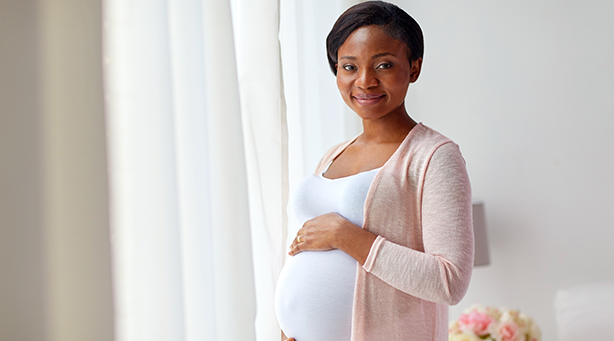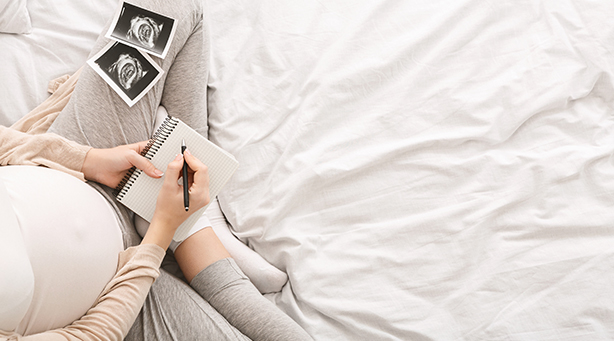Procedures
Natural birth
Overview
Natural childbirth is vaginal labour and delivery with limited or no medical intervention. It involves a variety of choices, from the pain relief you will use to where you will give birth.
Common options involved with natural birth:
- Delivery at either a birth centre or at home, rather than in a hospital.
- Giving birth in a tub filled with warm water.
- Alternative drug-free methods which include hydrotherapy, hypnosis, massage, relaxation techniques, mindfulness meditation, breathing exercises and acupressure.
- Immediate skin to skin contact and breastfeeding once your baby is born rather than taking the baby away to be assessed and weighed first.
- Avoid routine IV, labour induction, routine episiotomy, continuous fetal monitoring, assisted delivery with forceps, vacuum extraction and caesarean section.
Benefits of natural birth:
- You may have successful breastfeeding – Immediate skin-to-skin contact helps with early mom-baby bonding which may help make breastfeeding much easier.
- Ability to move around during labour – In most cases, women find comfort in the ability to move during labour as their way to cope with the pain they are experiencing. This may include walking around, taking a hot shower or swaying on an exercise ball.
- You may be able to walk sooner – After childbirth, you may be able to get out of bed and walk around sooner.
What does natural birth entail?
Natural birth progresses in 3 stages, namely:
- Stage 1: Labour
Labour is divided into 3 phases, namely early labour, active labour and transitional labour. Women who give birth naturally experience all 3 phases of labour. The timing and intensity of the contractions help indicate which phase of labour you are in, while Dr Hlabisa may confirm which phase you are in when he performs a physical exam. - Stage 2: Pushing and delivery of the baby This stage is when the cervix is fully dilated (when it reaches the 10 cm mark). You will be instructed to push your baby through the birth canal. You may have a break in between while your uterus does most of the work in bringing the baby further down the birth canal.
- Stage 3: Delivery of the placenta
This stage involves you experiencing mild contractions while Dr Hlabisa helps you deliver your baby’s placenta. He will then examine your uterus and the placenta to ensure that everything is as it should be.




